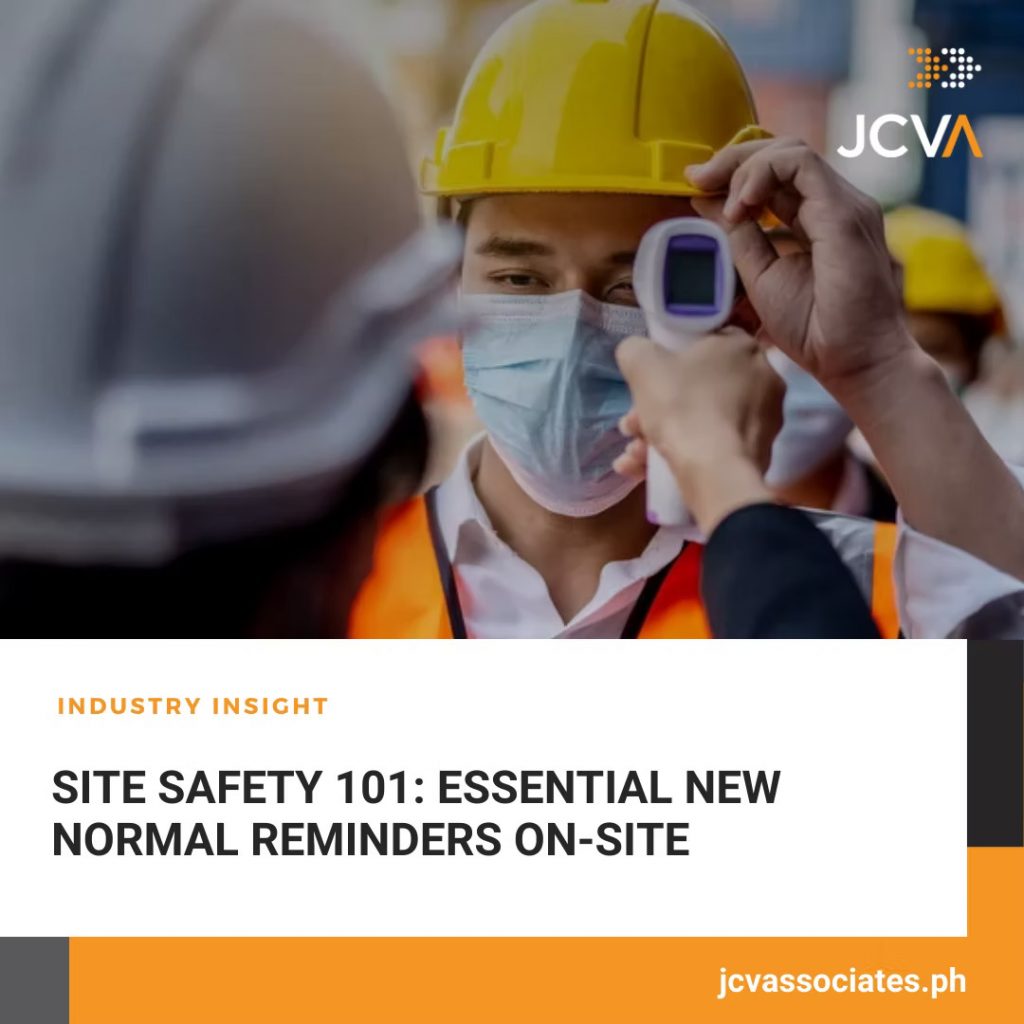
Last January 2022, the Philippines faced another surge of infections driven by a highly transmissible mutation of COVID-19, the Omicron variant. We were reminded that while we may see dips in the infection rate, a resurgence can happen and it’s crucial to continue safety procedures on-site.
With 4.2 million workers in the Philippine construction industry, what would this mean for employees and employers?
For industry leaders, the idea of a single worker contracting the virus is not only damaging but costly. Worksites must remain controlled, and prevention of the spread of the virus must be dealt with the highest of priority as this might lead to interruptions and a total work stoppage.
While employees in some industries can work from home, ours can’t as we have to be on-site and by following health standards, we can ensure a safe working environment for everyone. After all, the success of our projects depend on people, so we need to take care of them with our utmost capabilities.
Here are industry standards and CDC recommendations to avoid spreading the virus in worksites:
Active communication in the workplace is critical. The person in charge must be able to relay daily updates, safety protocols, and development in the workers’ native language or dialect. Needless to say, workers needed to be provided with basic facts and the reason behind protective measures. For example, workers must feel compelled to be transparent and to communicate their status to project managers to protect everyone on-site.
Aside from preventing the transmission of the virus, some employees may be at higher risk due to specific comorbidities or age. Provide training to employees on specific policies to minimize face-to-face contact or assign work tasks that may allow them to maintain a safe 6-feet distance from other workers or visitors.
Here are some practices that can be implemented on-site that follow the current DOH guidelines:
If the previously mentioned items are not available, hand sanitizers with 60% alcohol stationed around the worksite or establishment would be helpful.
Like other corporate establishments, it is critical to have a designated safety and health officer available on-site. Workers should be aware that there is a go-to person who will be able to respond to their safety and health needs.
Suppose this is not something your company can have at the moment, provide them access to a list of reliable contacts for assistance. Reach out to local public health officials.
DOH has launched a COVID-19 hotlines: 1555 or 02-894-COVID.
Site safety has always been essential to our industry, so protocols are not new to us. With the challenges of the pandemic, we needed to add a new layer of caution not only to safeguard the health of our people but to ensure business continuity as well.
Sources:
Construction Workers guidelines to Covid-19 – Centers for Disease Control and Prevention
Construction Guidelines for Project Implementation during the period of Public Health Emergency – Construction Industry Authority of the Philippines
We manage risks, build strong stakeholder relationships, and deliver solutions that reflect global best practices, backed by deep local industry knowledge.
If you're looking for a reliable partner to bring your vision to life, JCVA is here to build it with you.

